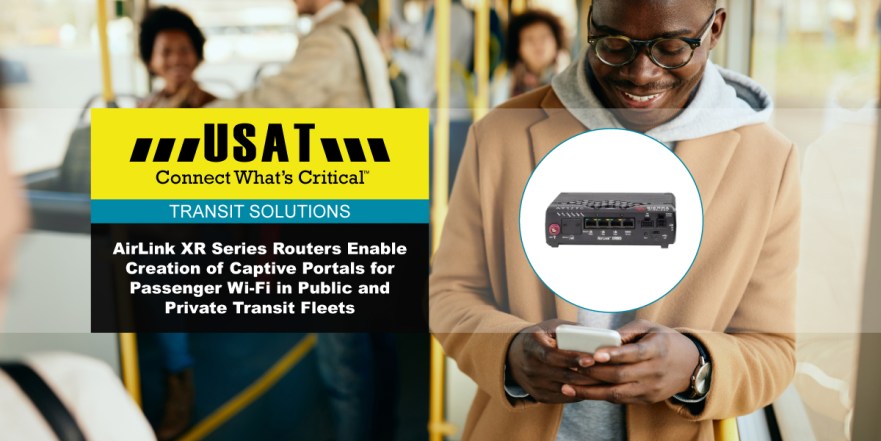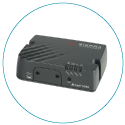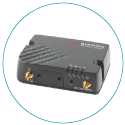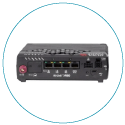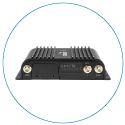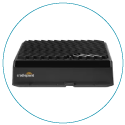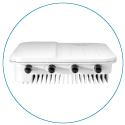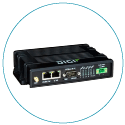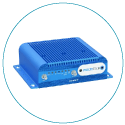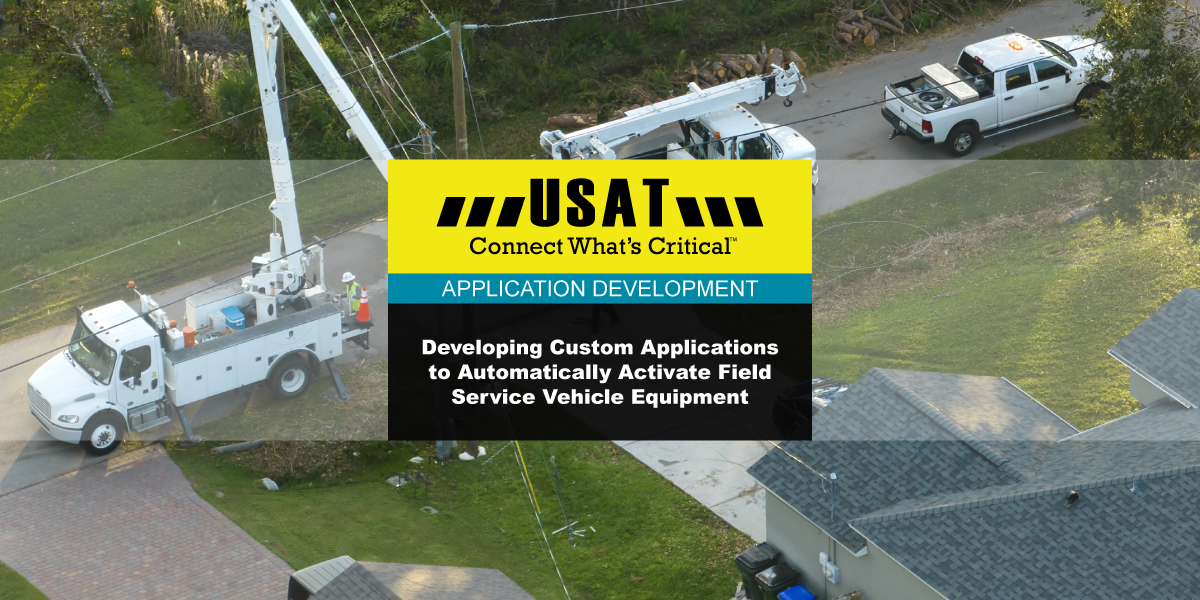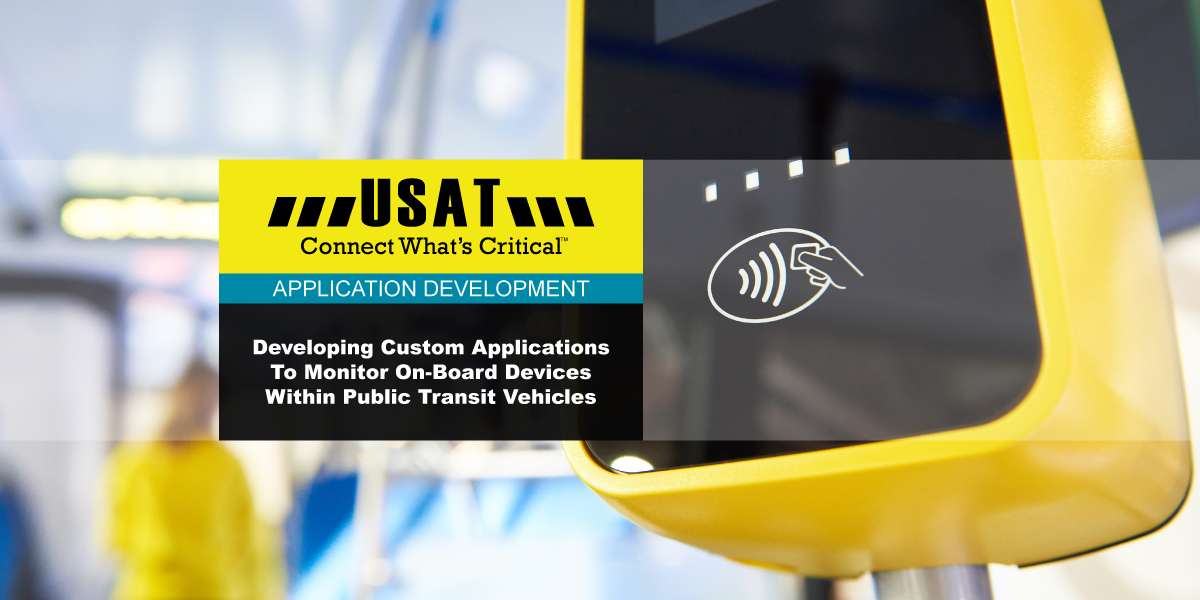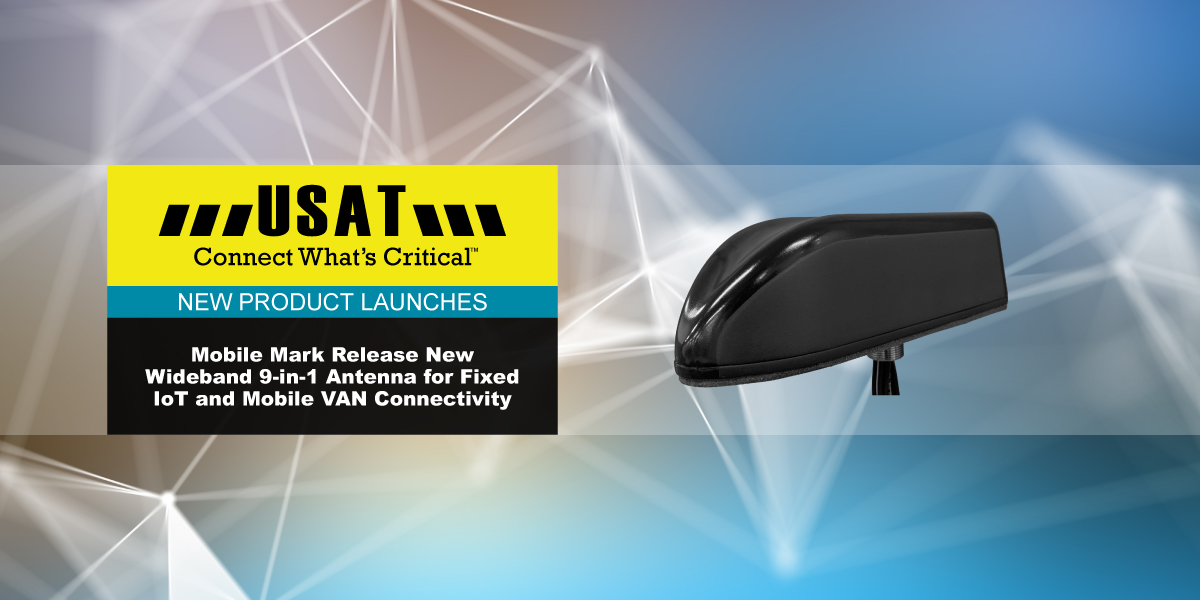Changes In Digital Reliance Lead To Changes In Transportation Industry
For many years - decades even - transportation has been fairly isolated from the digital world. However, the contemporary landscape sees an increasing number of transit companies embracing the concept of passenger Wi-Fi connectivity. This enables commuters to stay connected, work remotely, or indulge in their favorite online content while on the move. However, provisioning public Wi-Fi presents its own unique set of challenges.
One promising solution to address these challenges is the implementation of captive portals. These portals offer an effective means of managing passenger access while also yielding valuable insights into passenger behavior and preferences.
What Are Captive Portals?
To be granted access to the Internet, captive portals are solutions that require passengers to complete a login process or accept specific terms. Sierra Wireless router solutions help to power two primary types of captive portals:
Simple Captive Portals
These are favored by transit agencies looking for a cost-effective means to present their Wi-Fi terms and conditions to passengers. This approach allows them to upload a customized splash page branded with their identity, which is displayed to Wi-Fi users before granting internet access. It's a straightforward, user-friendly configuration that sidesteps the need for expensive third-party solutions.
Extended Captive Portals
These represent more advanced solutions that rely on third-party providers such as Hotspotsystem or Picopoint. With extended captive portals, transit agencies gain greater control over individual access and have the capability to gather user information. The login page within this system ensures that only authorized users can access the Internet. This process involves users entering a username and password into the captive portal, which is then authenticated by the router through an authentication server. Once authenticated, the user is granted access to the Wi-Fi network, ensuring a secure and controlled internet experience.
Benefits of Simple and Extended Captive Portals
The implementation of a simple captive portal offers transit agencies a cost-effective solution that delivers two primary advantages:
Data Protection Compliance
Transit operators are obligated to adhere to various data privacy regulations, such as the General Data Protection Regulation (GDPR) in the European Union or the California Consumer Privacy Act (CCPA) in the United States. By requiring passengers to accept the terms of service, these portals ensure that passengers acknowledge the nature of data collection and its intended usage. This fulfills a crucial requirement of many data protection regulations, promoting compliance and data security.
Branding and Promotional Content
Simple captive portals allow for the customization of splash pages to align with the organization's corporate branding.
Additionally, they provide a platform to showcase promotional content. This branding and promotional flexibility enable transit agencies to establish a distinct online presence and engage passengers with their marketing initiatives.
Extended captive portals, while incurring additional costs, offer substantial advantages in terms of security and marketing:
Enhanced Authentication and Access Control: These portals simplify granting access exclusively to authorized users. This ensures that only individuals with proper permissions can connect to the network, enhancing security and network management.
Data Collection for Marketing Insights: Extended captive portals enable the collection of valuable user information such as email addresses, zip codes, and content preferences. This data can be instrumental in tailoring marketing efforts and improving services based on customer preferences and behavior.
Customized Access Restrictions such as:
Time-Based Access: Extended captive portals allow for time-based restrictions, limiting user access to a specific duration. After this period, users must re-authenticate, providing greater control over network usage.
Data Usage Limits: These portals empower administrators to set data consumption caps for each user session, aiding in effectively managing network resources.
Bandwidth Control: Implementation of bandwidth throttling ensures that individual users do not excessively consume bandwidth, thereby safeguarding the quality of the online experience for all passengers.
Deploying Captive Portals In Buses
Setting up a captive portal Wi-Fi solution doesn't require advanced technical expertise. You can establish one by choosing a cellular router that already provides flexible captive portal solutions.
In-vehicle cellular routers equipped with captive portal capabilities offer a multitude of additional advantages, making them indispensable for individuals who depend on connectivity while on the move. These routers are purpose-built to deliver secure and dependable internet access, catering to the requirements of multiple users.
When in the process of selecting an in-vehicle router, it's crucial to consider the following key questions:
Is It Purpose-Built For In-Vehicle Use?
Transit vehicles often operate in challenging environments, subject to extreme temperatures, vibrations, dust, and sudden power surges. It is essential to seek out devices - such as the Sierra Wireless AirLink XR90 5G multi-network vehicle router - with rugged enclosures, industrial-grade components, built-in protection against transient surges, and certifications such as MIL-STD-810G and IP64.
Does It Support MU-MIMO Wi-Fi 6?
Wi-Fi 6, also referred to as 802.11ax, was introduced in 2019 to supersede Wi-Fi 5. While Wi-Fi 6 offers a 25 percent boost in basic data transmission, the substantial enhancement for captive portal applications comes from its multi-user, multiple input, and multiple output (MU-MIMO) functionality. MU-MIMO enables a single router to concurrently communicate with multiple devices, significantly increasing throughput and reducing latency. This results in shorter wait times for devices to transmit and receive data, enhancing overall connectivity.
Can It Segregate Passenger Traffic From Operational Traffic?
Transit operators must ensure that passenger Wi-Fi usage does not interfere with mission-critical operational activities, such as surveillance systems or real-time vehicle diagnostics. It's crucial to employ a router equipped with two independent Wi-Fi radios and create distinct local area networks (LANs) for passengers and operational devices to achieve network segmentation and isolation. Passenger Wi-Fi traffic can be routed to a dedicated cellular link or access point name (APN), while the second Wi-Fi radio is dedicated to connecting essential onboard systems requiring continuous, real-time connectivity, such as the fare payment system, with operational servers. This segregation safeguards the reliability and performance of both passenger and operational networks.
Can It Facilitate Flexible Routing Policies For Continuous Connectivity?
Speed alone isn't sufficient to guarantee excellent Wi-Fi quality. Reliability is a crucial factor in enhancing passenger satisfaction. Transit agencies should explore solutions that not only segregate passenger and internal Wi-Fi traffic into separate networks but also have the capability to adapt to changing conditions dynamically. This functionality enables the seamless and automatic rerouting of passenger Wi-Fi traffic to an alternative link when needed, such as during periods of weak signal strength or when the vehicle approaches the depot. Such adaptive routing ensures uninterrupted connectivity and a smoother passenger experience.
Sierra Wireless Supports Captive Portal Deployments in Transit Applications
Sierra Wireless offers a range of 5G wireless multi-network vehicle routers, including the AirLink® XR80 and XR90, both of which support both captive portal options: simple captive portal and extended captive portals.
The AirLink XR80 and XR90 are meticulously crafted to provide top-notch performance in 5G, Wi-Fi 6, and gigabit Ethernet connectivity. They come equipped with built-in support for simple captive portals, allowing transit agencies to effortlessly upload customized and branded splash pages at no additional cost. Installation can be carried out either locally through the router or remotely via a remote management service.
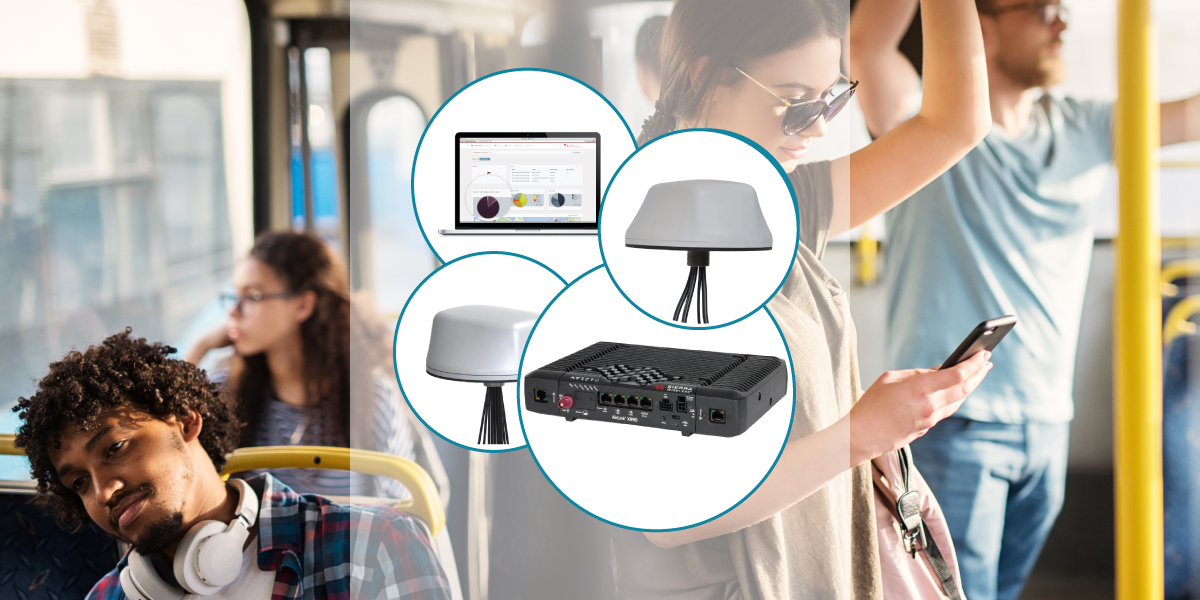
For agencies seeking to manage access rights and collect user information, the XR series offers seamless integration with CoovaChilli-based third-party solutions for extended captive portals. This flexibility ensures that agencies can tailor their captive portal experience to meet their specific needs and objectives.
The AirLink XR90 stands out as an excellent choice for transit companies aiming to offer passenger Wi-Fi via a captive portal, thanks to features such as:
- Multi-APN Support: The router is equipped with multi-APN support, allowing for versatile network configuration and management.
- Dual Independent 4X4 MU-MIMO Wi-Fi 6 Radio: With dual independent Wi-Fi 6 radios, this router ensures high-performance wireless connectivity, enhancing the passenger experience.
- Support for Twelve Data Streams: The XR90 can handle up to twelve data streams simultaneously, accommodating a high volume of data traffic.
- Up to 256 Concurrent Users: With the capability to support up to 256 concurrent users, it's well-suited for transit scenarios with a significant passenger load.
Additionally, the XR90 offers additional flexibility by intelligently switching between Wi-Fi WAN bands (2.4GHz and 5 GHz) while maintaining the same IP and MAC address for depot Wi-Fi applications. This feature enhances network stability and adaptability for various use cases.
About USAT
USAT specializes in designing and deploying fixed and mobile wireless data connectivity solutions for manufacturing and production facilities of all sizes — complete with implementation, training, proof of concept (POC), system auditing, and on-site RF surveying services with optional engineering maintenance contracts.
Our team not only helps you select, provision, and activate devices, we make sure they work in practical applications and real-life situations.
As a Top Resale Partner of Sierra Wireless, USAT is uniquely equipped to provide secure cellular communications solutions for transit operations across the USA. With our extensive catalog of world-class routers, gateways, and software designed for remote monitoring and management in even the harshest environments — you can count on us to get and keep you connected.
Better connectivity translates to less manual equipment maintenance, reduced downtime, and an overall increase in your operational ROI. Contact the experts at USAT to learn how our wireless networking solutions can help meet your organization's exacting needs.
Share this Post

